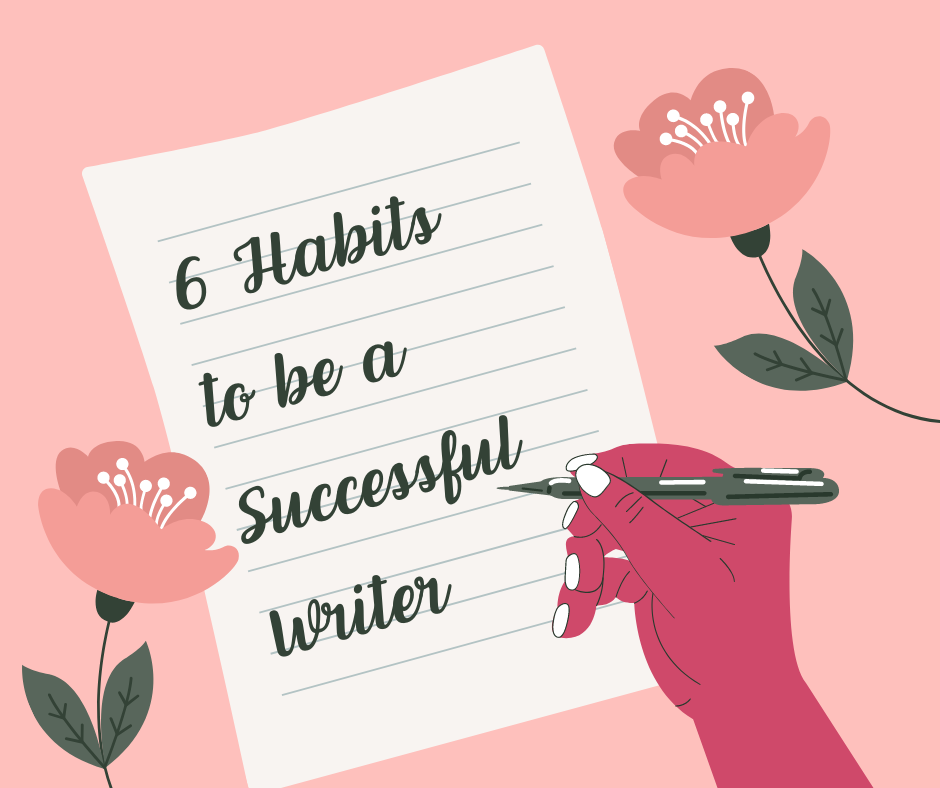Crafting a story that engages your readers from beginning to end requires a deep understanding of Structure, pacing, and character development. That’s where the six-act Structure comes in.
This powerful tool can help you break down your story into six distinct parts, each with its purpose and function. By following this Structure, you can create an account that flows seamlessly from beginning to end, keeping your readers on the edge of their seats and leaving them wanting more..
Act 1
The Setup
The first act of your story is all about setting the scene. You need to introduce your main character, establish the setting, and lay out the basic premise of your story. This is your chance to hook and draw your readers in, so make sure your opening is compelling and attention-grabbing.
In Act 1, you should also establish the stakes of your story. What does your character stand to gain or lose? What is at risk? This will help your readers understand why they should care about your story and what’s at stake.
Finally, Act 1 should end with a turning point or inciting incident that propels your story forward. This could be anything from a dramatic event to a simple decision that your character makes. Whatever it is, it should be significant enough to set the rest of your story in motion.
Act 2
The Confrontation
In Act 2, your main character is confronted with a problem or challenge that they must overcome. This is where the conflict in your story comes into play. Your character should face obstacles and setbacks that make it difficult for them to achieve their goals.
As the writer, it’s your job to build tension and keep your readers engaged during this part of the story. You should also use Act 2 to introduce your secondary characters and develop their relationships with your main character.
Act 2 should end with a turning point that changes the direction of your story and sets up the rising action of Act 3.
Act 3
The Rising Action
In Act 3, the tension and stakes of your story should continue to escalate. Your main character should face increasingly complex challenges and obstacles leading up to the climax of your story.
This is also the part of your story where your main character should start to change and evolve. They should learn vital lessons and grow as people, which will set them up for the resolution of your story.
Act 3 should end with a significant turning point or crisis that leads to the climax of your story.
Act 4
The Climax
The climax of your story is the most intense and exciting part. This is where your main character faces their most significant challenge, and the stakes are at their highest.
As the writer, you should build tension and suspense, ensuring your readers are fully invested in your character’s journey. The climax should be a satisfying payoff for everything that has come before it, and it should resolve the central conflict of your story.
Act 5
The Falling Action
After the climax of your story, the tension should gradually dissipate. Act 5 is about wrapping up loose ends and resolving any remaining conflicts.
Your main character should reflect on what they’ve learned and how they’ve grown throughout the story. This is also the part of your story where you can tie up any subplots or secondary character arcs.
Act 6
The Resolution
The final act of your story is all about wrapping things up and providing closure. Your main character should achieve their goals or come to a satisfying resolution, and the story should end on a note of hope or optimism.
As the writer, ensuring your readers feel satisfied with how things end is essential. You should also use this final act to reinforce the themes of your story and leave your readers with a lasting impression.
How to Apply the 6-Act Structure to your writing
Now that you understand the basics of the six-act Structure, it’s time to apply it to your writing. Here are a few tips to help you get started:
- Start by outlining your story, using each act of the six-act Structure as a guide.
- Make sure you have a clear understanding of your character’s goals, motivations, and conflicts.
- Use each act to build tension and keep your readers engaged.
- End each act with a turning point or crisis that propels the story forward.
- Ensure your climax is satisfying and resolves the central conflict of your story.
- Use the fall action and resolution to tie loose ends and provide closure.
Remember, the six-act Structure is just a tool. You don’t have to follow it strictly; you can adjust it to fit your story. The important thing is to use Structure to your advantage and create an account that keeps your readers engaged from beginning to end.
Examples of successful use of the 6-Act Structure in popular media
The six-act Structure is a tried and true method of storytelling, and it’s been used successfully in countless books, movies, and TV shows. Here are a few examples of how the six-act Structure has been used in popular media:
The Hunger Games by Suzanne Collins:
- Act 1 sets up the world of Panem and introduces Katniss as the main character.
- Act 2 begins when Katniss is chosen for the Hunger Games, and she must fight to survive.
- Act 3 sees Katniss forming alliances and facing challenges in the arena.
- Act 4 is the story’s climax, where Katniss must finally stand against the Capitol.
- Act 5 sees the aftermath of the Hunger Games, and
- Act 6 provides closure and sets up the sequel.
The Godfather by Mario Puzo:
- Act 1 establishes the Corleone family and their role in the mob.
- Act 2 begins when the rival Tattaglia family tries to kill Vito Corleone, and Michael takes over as the new head of the family.
- Act 3 sees Michael consolidating his power and making alliances with other families.
- Act 4 is the story’s climax, where Michael kills his enemies and takes control of the mob.
- Act 5 sees Michael dealing with the fallout of his actions, and
- Act 6 provides closure and sets up the sequel.
Breaking Bad:
- Act 1 introduces Walter White as a high school chemistry teacher diagnosed with cancer.
- Act 2 sees Walter teaming up with a former student to cook and sell meth.
- Act 3 sees Walter becoming increasingly involved in the drug trade, facing challenges and setbacks.
- Act 4 is the story’s climax, where Walter’s actions catch up to him, and he must make a final stand.
- Act 5 sees the aftermath of Walter’s activities, and
- Act 6 provides closure and sets up the finale.
The six-act Structure is a powerful tool that can help you create a compelling story that keeps your readers engaged from beginning to end. By breaking down your account into six distinct parts, you can ensure that each piece serves a purpose and moves the plot forward. Whether you’re a seasoned author or just starting, the 6-Act Structure can help you take your writing to the next level. So, the next time you write, remember to remember the six-act Structure and watch your story come to life.


